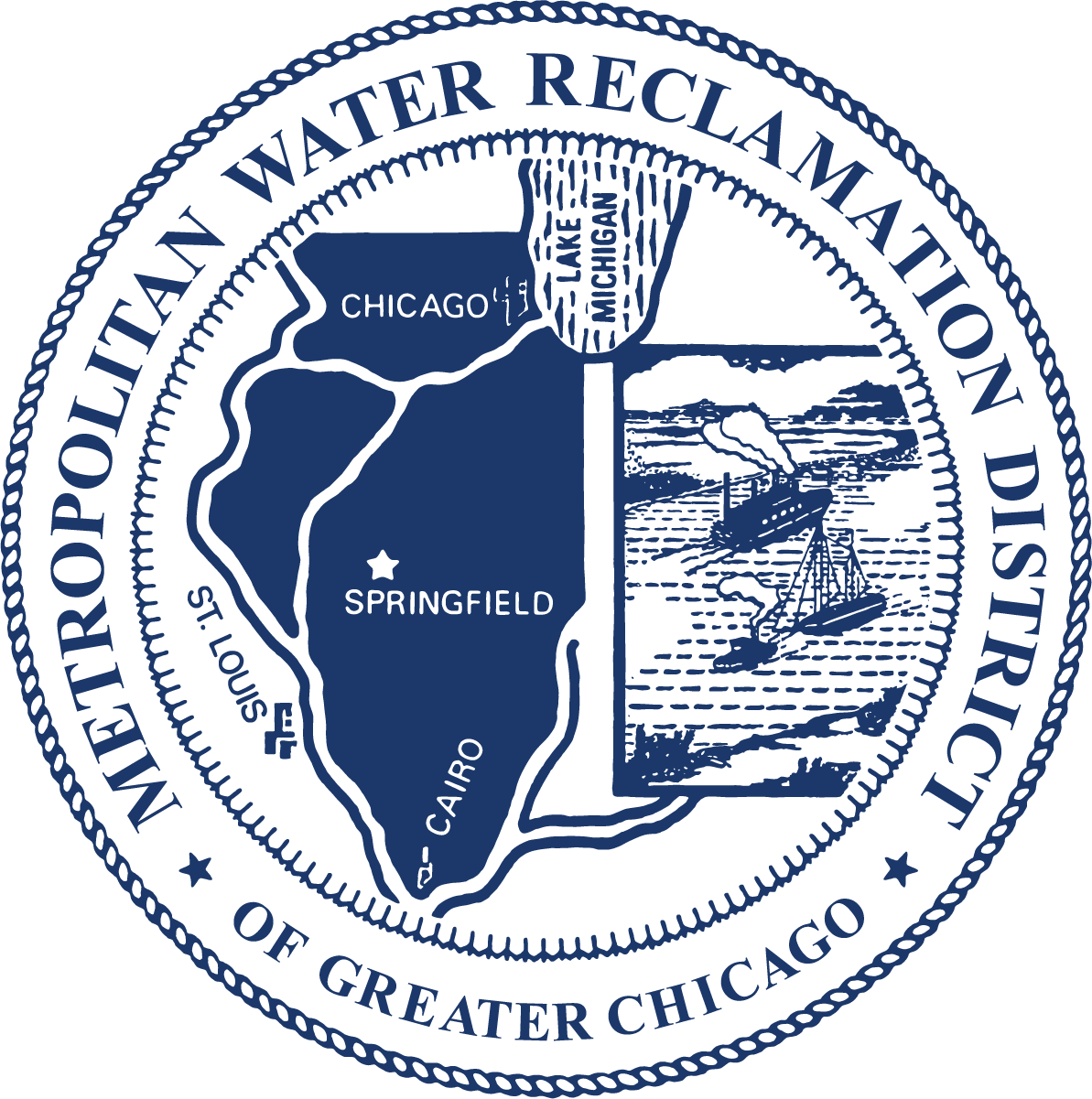"Here's why some water departments prepare for Super Bowl halftime toilet flushes," Snopes
Snopes: In 1984, a broken water main in Salt Lake City sparked national concerns about the annual “Super Flush.”
For years, a rumor has circulated that the number of football fans rushing to use the restroom during the Super Bowl halftime show each year stresses municipal water and sewer systems.
Examples of the claim have appeared in posts on social media platforms including Facebook and Reddit. Some social media posts described the related claim that the surge in flushing can cause water or sewer systems to collapse as a "myth" or "urban legend."
As we found when we looked into this claim in 2015, excess flushing during the Super Bowl halftime show has not caused any confirmed incidents involving any municipality's water or sewer systems.
However, media coverage of a 1984 water main break in Salt Lake City led many to believe otherwise, as we'll explain below.
That said, some municipalities do report surges in water usage during halftime that can result in measurable changes in water pressure. While we found no reports of these fluctuations causing any real damage to any water or sewer systems, some water management departments have special plans in place to prevent any issues on Super Bowl Sunday.
1984 Salt Lake City water main break
The claim that too much flushing during Super Bowl halftime can damage sanitary infrastructure gained traction in 1984, when a water main burst in Salt Lake City during that year's halftime show.
A Salt Lake Tribune article about the incident included several quotes from a Salt Lake City Water Department standby supervisor who speculated the water main burst was the result of "a halftime surge in the system caused by too many football fans flushing their toilets at the same time."
Although the article noted that "water authorities may never officially determine the cause of the break" and mentioned that cold weather was believed to have been responsible for several other water pipe breaks that occurred the same day, the Super Bowl halftime story took off nationally.
Over the following days, newspapers around the country ran a syndicated Associated Press article highlighting the standby supervisor's claim about the "halftime surge." Headlines like "'Super' Flush Ruptures Salt Lake City Water Main" and "Halftime Rush Creates Super Salt Lake Flush" implied the cause of the water main break was indeed too many football fans rushing to the bathroom at halftime.
Fifteen years later, in 1999, Salt Lake City's director of public utilities, LeRoy Hooton Jr., told a Los Angeles Times reporter that "no link between the Super Bowl flushing and the 16-inch-main break was ever established" and that it was more likely the burst was simply due to Salt Lake City's aging water infrastructure.
Speaking to a Consumer Reports reporter in 2008, Hooton said that in the mid-1980s Salt Lake City's water lines were seeing around 300 breaks per year, and that there was no evidence of any pressure fluctuation in the system leading up to the 1984 halftime break. He added, "However, once the 'Super Bowl flush' statement was published, it caught on and continues to surface every year at this time."
How do municipalities prepare for the halftime flush?
Although there was no evidence that the timing of the 1984 Salt Lake City water main break was anything more than a coincidence, some municipalities do report and plan for real surges in toilet flushing during the Super Bowl halftime show.
In 2019, for example, NYC Water, an official blog of the New York City Department of Environmental Protection, published a post detailing how the city's water supply operators deal with what they described as a "clear and drastic uptick in the demand for water during key moments of the game."
According to that post, the Department of Environmental Protection's internal metrics for Hillview Reservoir in Yonkers, New York — which the post described as the "starting point" of New York City's water distribution system — showed three unusual peaks during 2018's Super Bowl: one at the beginning of halftime, one at the end of halftime, and one at the end of the game.
Describing the department's plans for 2019's big game, the post explained: "In the hours before the Super Bowl begins, our water supply operators will send some extra water down to Hillview Reservoir to account for the spikes in demand throughout the night." The purpose of this extra water, the post noted, was to ensure that the city's water pressure remained consistent despite all the simultaneous flushing.
In a 2024 X post, the official NYC Water X account shared a partial graph showing a similar peak during the 2023 Super Bowl halftime show.
Another organization that prepares for an annual Super Bowl halftime spike in flushing is the Miami-Dade Water and Sewer Department, which in 2020 and 2022 put out press releases detailing its plans for monitoring and, if needed, adjusting the pressure of the county's water system during the game.
According to both releases, Miami-Dade County's water pressure can drop by up to 22 pounds per square inch between the end of the Super Bowl's first half and the end of halftime.
Not all municipalities make special plans to account for the halftime flush, however.
For example, Allison Fore, the public and intergovernmental affairs officer of the Metropolitan Water Reclamation District (MWRD) of Greater Chicago, said over email that Super Bowl Sunday is just a normal day for her agency. She explained, "The MWRD's seven water reclamation plants do not typically see a huge spike in our treatment volumes on Super Bowl Sunday because our basins are so large, and there is no fixed travel time that would result in increased flow."
